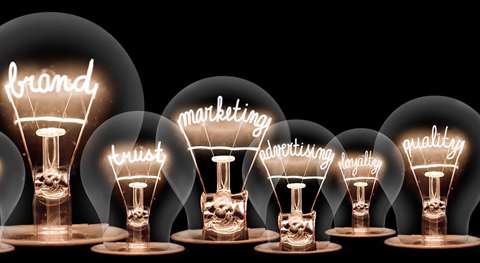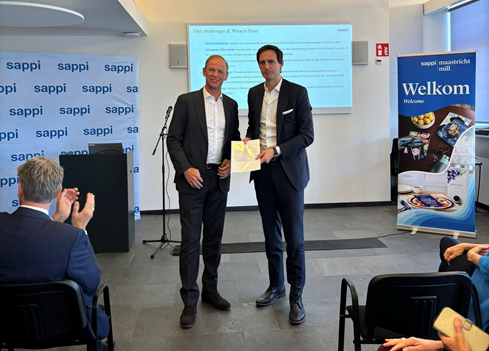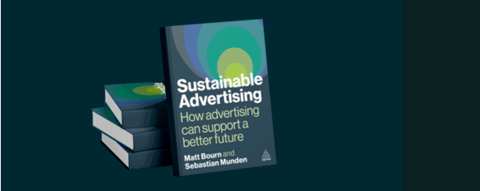The article at a glance
- Paper is now recognised as a clean, strategic industry in the EU’s Clean Industrial Deal.
- Marketers often underestimate the verified sustainability of modern print.
- Print combines emotional engagement with a measurable, low-carbon footprint.
- Programmatic and data-driven print make it precise and waste-reducing.
- In a scroll-heavy digital world, print builds trust and attention.
This policy shift comes at a crucial time. With geopolitical competition intensifying and energy prices remaining volatile, Europe needs to reinforce its industrial base. Yet climate targets remain non-negotiable. For the paper industry — long seen as a resource-heavy sector — its inclusion in the CID marks a significant reputational and strategic turning point.
As Marco Eikelenboom, CEO of Sappi Europe and Chair of the Confederation of European Paper Industries (CEPI), puts it “We’re no longer seen as part of the problem, but as part of the solution. For advertisers and brand owners, that changes the narrative around print — from legacy liability to climate-aligned opportunity.”
The announcement, led by Wopke Hoekstra, EU Climate Commissioner, reflects growing political recognition that decarbonisation must be coupled with industrial resilience — and that sectors like pulp and paper are part of Europe’s clean-tech future.
A rethink on print and sustainability
Eikelenboom is clear that the CID’s inclusion of the paper sector is about more than policy — it’s a signal to brands and marketers to re-evaluate outdated assumptions. “Marketers often underestimate how much print has evolved. The perception that print equals deforestation or waste simply doesn’t hold up anymore. In fact, when done right, print can outperform digital in both engagement and sustainability.”
One of the most overlooked aspects, he says, is the comparative footprint of media channels. While digital platforms are typically framed as the “green” option, their energy consumption — especially from data centres, streaming and device manufacture — is frequently ignored “There’s this myth that digital is carbon-free. But from a full life cycle perspective, digital can carry significant emissions. Print, especially when sourced responsibly and used efficiently, may actually be the lower-impact choice.”
Print as a measurable, circular medium
Part of what makes print more sustainable today is its traceability and verifiability — qualities increasingly required in ESG-driven marketing. “The beauty of print is that we can measure it,” says Eikelenboom. “We can provide third-party verified Life Cycle Analyses, carbon footprint data, and certified sourcing. In today’s media environment, that’s gold.”
Print has become a circular, renewable channel. Paper in Europe is often FSC- or PEFC-certified, over 70% is recycled, and more than half the energy used in production comes from renewable biomass. These credentials allow marketers to build campaigns that are not just low-carbon, but credibly so.
“It’s no longer enough to make vague claims. Brands need proof — and we can deliver that proof.”





